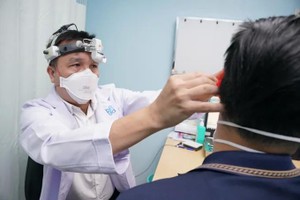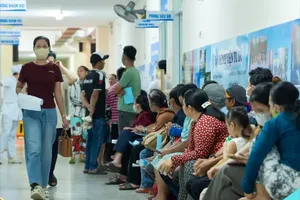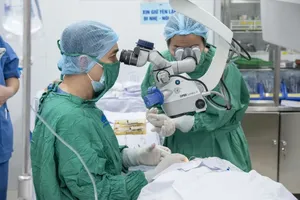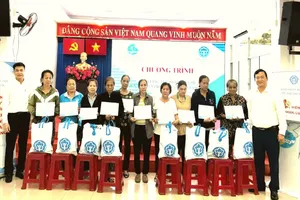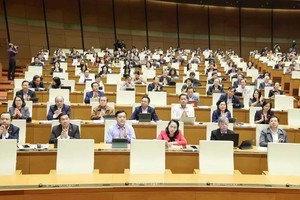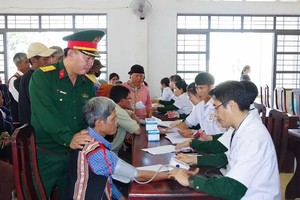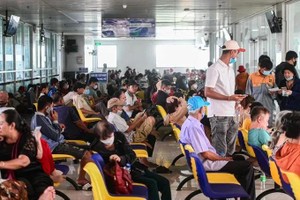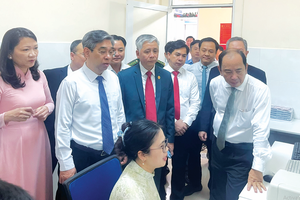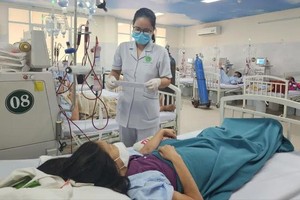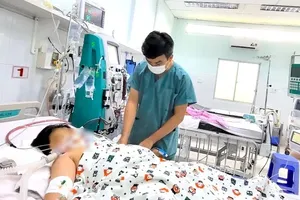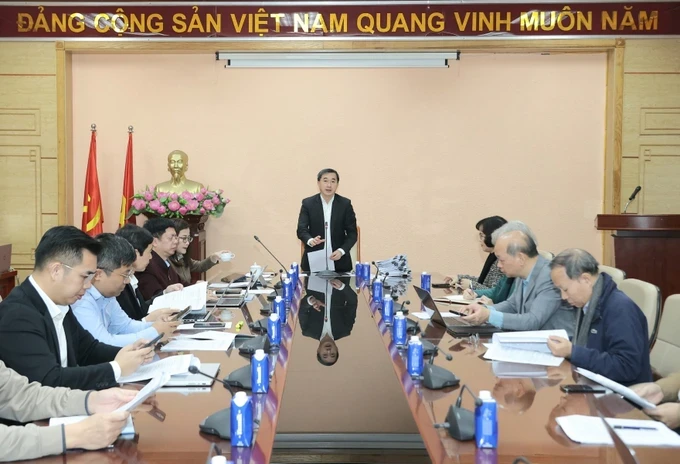
The Ministry of Health today held an online conference to more than 300 locations nationwide to disseminate Circular 01/2025/TT-BYT, detailing and guiding the implementation of a number of articles of the law amending and supplementing a number of articles of the Law on Health Insurance.
Deputy Minister of Health Tran Van Thuan emphasized the significance of Circular 01/2025/TT-BYT in enhancing the quality of health insurance services. This circular aligns with the updated provisions of the Law on Medical Examination and Treatment, as well as the amendments to the Law on Health Insurance.
Director Tran Thi Trang of the Department of Health Insurance at the Ministry of Health, noted that Circular 01/2025/TT-BYT includes a list of certain rare and serious diseases, along with conditions that necessitate surgery or advanced technology. Patients diagnosed with these conditions are entitled to receive 100 percent coverage and can directly access specialized medical facilities without needing a transfer letter.
The announcement introduces several significant changes, including a list of 62 rare and serious diseases requiring treatment at specialized facilities, a list of 167 diseases that can be treated at basic medical facilities, an extension of the validity period for referral forms to one year from the date of issuance, replacing the previous calendar year limit for 141 diseases.
Accordingly, patients with diseases in the list of 62 rare and serious diseases are transferred to specialized facilities without a referral form. List of 62 rare and critical diseases including diseases such as tuberculous meningitis; tuberculous meningitis; other tuberculosis of the nervous system; unspecified nervous system tuberculosis; pulmonary mycobacterial infection; acute pulmonary histoplasma capsulatum infection; acute pulmonary blastomyces infection; pulmonary paracoccidioides infection.
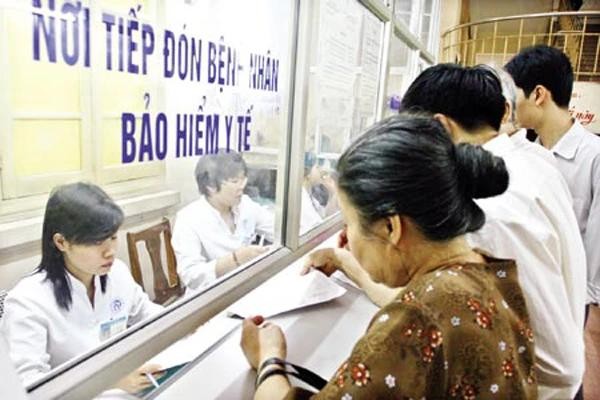
Furthermore, patients with cancer, malignant tumors; malignant tumors of the lymphoid system, hematopoietic system and related tissues, metabolic diseases, post-cardiac surgery syndromes; other functional disorders after cardiac surgery; other interstitial lung diseases; lung and mediastinal abscesses; chest empyema (severe lung infection); Crohn's disease (regional enteritis); systemic lupus erythematosus with visceral damage and some other rare and critical diseases also do not require a referral letter.
Ms. Tran Thi Trang emphasized that these new regulations significantly enhance the quality of medical care. By streamlining the process for treating 62 rare and serious diseases at specialized facilities and expanding the scope of treatment at basic facilities to include 167 conditions, patients can now access timely and appropriate care.
Moreover, extending the validity period for referral forms from the end of the calendar year to one year from the date of issuance will significantly reduce administrative burdens and improve patient convenience. This streamlined process will minimize the need for patients to travel unnecessarily, reducing transportation costs and other expenses associated with seeking treatment.
Ultimately, these improvements will contribute to a reduction in out-of-pocket healthcare expenses for patients and ensure the most effective utilization of health insurance funds.
Align referral guidelines for diseases, groups of diseases, and specific cases with the professional instructions of higher-level technical facilities to ensure appropriate management and insurance coverage. This regulation effectively safeguards the rights of patients by ensuring access to appropriate medical management, the latest treatments, and the utilization of high-quality drugs and medical equipment. Simultaneously, it fosters the development of healthcare services within the grassroots healthcare system.
Circular 01/2025/TT-BYT also outlines the circumstances and procedures for health insurance examination and treatment when individuals change their place of residence or temporary residence. This is designed to protect the rights of students during summer vacation and workers during family leave.
Health insurance participants are entitled to receive 100 percent of their benefits when undergoing examination and treatment at a health facility of their first choice as well as at any medical facilities regardless of administrative boundaries.
By 2024, it is projected that the health insurance coverage rate will reach approximately 94 percent of the population, with an estimated 180 million health insurance examinations and treatments conducted, resulting in an expected expenditure of around VND142 trillion (US$5.59 billion).

